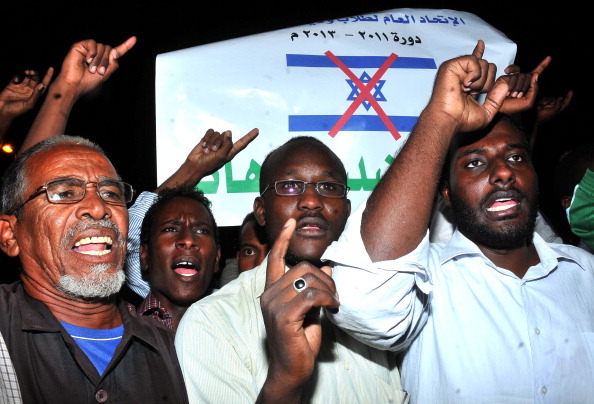Zaitouna is a village with 15 stone houses inhabited by Gabaliya tribes whose origin comes from the Arabian Desert or from Europe from where monks of St. Catherine brought workers for the monastery centuries ago.
But overcoming the harsh conditions of the desert is not the only hurdle in the villagers’ way.
On the outskirts of the village, 8 km from St. Catherine, comes Saleh paddling on his new bicycle. Although his circumstances are not in his favor – Saleh has six brothers and comes from a broken home – he is fortunate enough to be getting an education, unlike most of his friends who sell stones or feed goats near the monastery to get by.
“I just work during the summer, I also sell stones near the monastery, but when school is back I stop working, Saleh said, “I hope I never quit school.
Other students are not as lucky as Saleh. Noura, a young girl from the village stopped going to school after her fifth year. “The preparatory school is 10 km far, and we have no car to take me there, Noura said.
Moussa, an elder member of the tribe talks about their daily struggle with security forces. “They stop us everyday for inspection at every checkpoint on the road, he explained, adding that the tribe is reputed for its members’ otherwise appeasing natures.
“They do that to frighten us, this is how they maintain security, but when trouble comes they say the Bedouins did it, he added. Moussa admitted to bribing security officers so they would make their lives easier. He said he has lived in the village for a long time and has always stayed out of trouble, which makes tribe members skeptical of the security forces’ role in Sinai, claiming that they are bullying the wrong group. Mohamed Ahmed, a camel guide whose job entails leading tourists up Mount Sinai, is facing problems of a different kind. “It s good to work with tourists, but on the other hand, traders raise the camel s food prices.
Ahmed explained that it costs around LE 100 a week to feed one camel which is lot to pay especially during low seasons, when they might have tours to organize for weeks.
According to Ahmed, villagers get their water from trucks that come every 50 days. However, it is distributed in a pecking order where people with authority get it first, leaving what’s left to the poor, namely the Bedouins.
Ahmed explained that water shortage affects every aspect of their life, “Water is a necessity, he said.
Moussa reminisces about the village 40 years ago; when tents made of goat skin were their homes rather than the current stone houses – an indication how simple the life was back then.
Zaitouna and St. Catherine villagers’ livelihood depends on tourists’ visits to the 1700-year-old monastery of St. Catherine. The monastery gained its popularity from Jebel Musa where the Ten Commandments were given to Moses by God.
